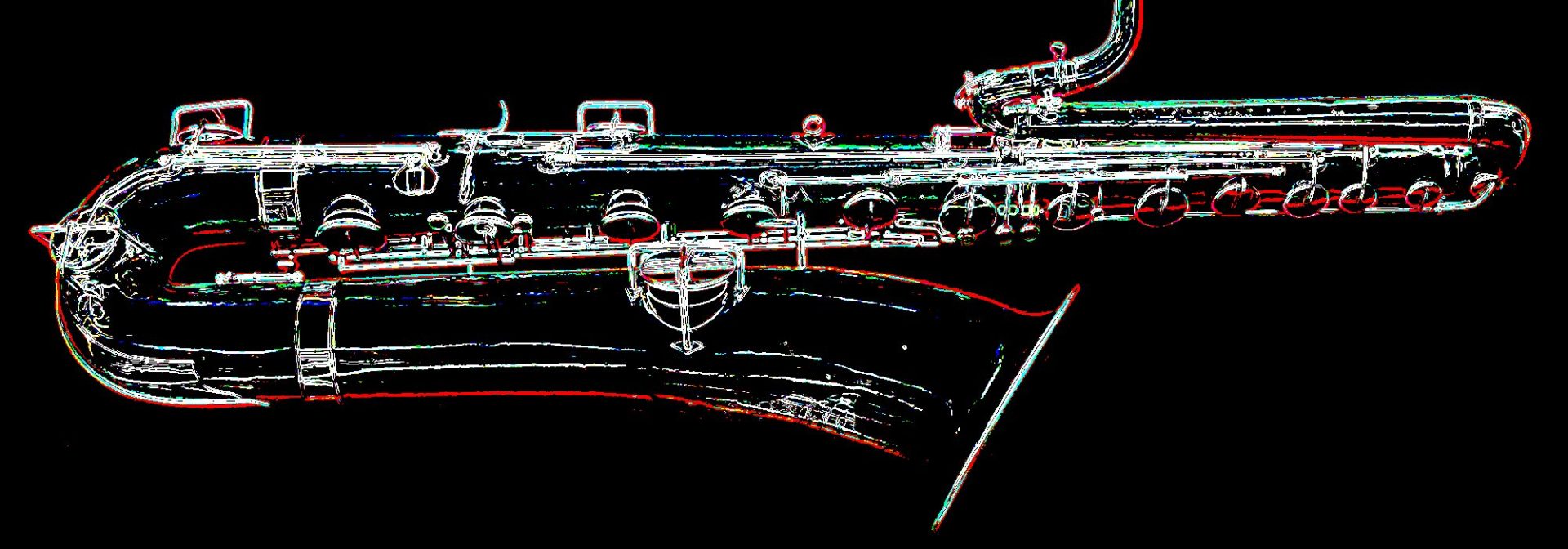If you’re a vintage horn player, have you ever wondered just what kind of music your horn was originally built for? Sure, we might use vintage horns for jazz, blues, or rock now, but in the 1920s, 30s, and 40s, instrument designers and companies were building saxophones for very different kinds of music.
Take for example, the Special Zephyr made by the H.N. White Co. When they went about marketing their King Special Zephs, their market of professional players were playing very different styles of music to what pros of today play.
In this very interesting ad from 1940 that I saw on eBay, the H.N. White Co. is touting its relationship with one of the hot bands of the day. The Tommy Tucker Orchestra was a popular big band, which entertained listeners and dancers for more than 25 years.
Source: ANTIQUE~GRAPHIQUE
The Man Who Comes Around was more than a marketing slogan for the H.N. White Co. It was a tie-in to a title of a very popular Tommy Tucker song from 1939.
Didn’t I do an article recently about doubling? 😉  No wonder The Man Who Comes Around brought the sax section new saxophones. Maybe he was hoping that they would ditch their clarinets, if they had new saxes. 😈
No wonder The Man Who Comes Around brought the sax section new saxophones. Maybe he was hoping that they would ditch their clarinets, if they had new saxes. 😈
I Don’t Want To Set The World On Fire, is another Tommy Tucker hit. However, in it you actually hear the sax section playing their saxophones. Since it was released in 1941, I wonder if they were using Special Zephyrs on this recording.
Regardless what brand/model of horn Tommy Tucker’s sax section was using, the point is, if you have a saxophone made during this era, and it was sold as a professional instrument, there is a good chance it was built with this kind of music in mind. How some of these horns are adaptable to, and used effectively in today’s music, is truly a testament to their design, and of course their quality of manufacturing.
Will horns sold today be just as adaptable in 50, 60, or 70 years time? Will they even still be playable? I’m not so convinced, but then I’ve always been a wee bit of a skeptic.






This music – all pre WW2 popular and jazz music, sadly – is on the dumpheap of history. Some is happily being revived, along with the instrument traditions that accompanied it. The difficulty is that that generation of musicians moved on and taught their students to look in one direction – forward.
+1 I hear you Paul.
I play tenor in a big band called The Moonliters. We are in fact a registered charity here in Canada, with the name: THE VALLEY SOCIETY FOR THE ADVANCEMENT AND PRESERVATION OF THE MUSIC OF THE BIG BANDS. In our 1000+ song repertoire, are many of the original arrangements by the big names both pre and post-WWII.
As so many from the generation who grew up with the music died off, attendance at our band’s dances started to dwindle. Requests for “more modern” music came in, and our repertoire began to evolve to reflect that younger audiance’s tastes.
I am happy to hear that in our post modern world some of this pre-WWII music is being revived. I personally haven’t seen it here on the West Coast yet, but that’s not to say it’s not happening. IIRC the Vancouver Jazz did offer something along those lines this year.
Hello Helen .I am sure that you can remember that I am a Hohner President Tenor player .The person who sold the Hohner sax told me that when he was in Germany for training at the Hohner factory [for piano accordeon tuning] ,he had seen the Joe Loss Orchestra play on New years eve at a hotel and that the sax section was using Hohner saxes exclusively.Maybe they had a sponsorship deal,Joe Loss Orchestra was known for playing very sedate arrangements in the sixties.
Thanks for this tip Kumar.
I was trying to find some more information on this. So far nothing, but I haven’t given up yet. I’m hoping to find at least a photo with the band playing on Hohners. Many of the photos I’ve found however, are not detailed enough to see what features the saxophones have. What I did see though, is that his band used a bass saxophone for a while.